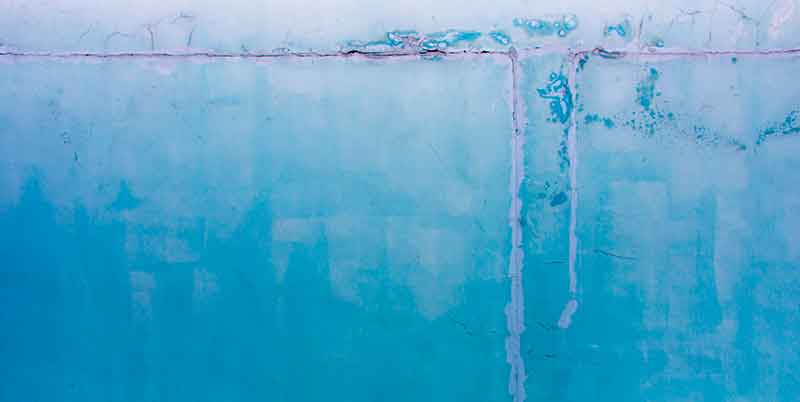
- Sat, May 2020
- |
- Mayas Painting
If you are looking to remodel or paint your house, there are a few things you need to know about paint. The majority of people will agree that painting can transform a home just as easily as remodeling. The tragedy begins though when paint fades. Have you ever stopped to wonder why does paint fade?
First of all, you need to understand what fading means. Fading is the gradual color loss of one or more paint pigments resulting in the lightening of the surface. It often goes with chalking so expect that when there’s chalk insight, more often than not, fading eventually follows.
Why Does Paint Fade? Main Causes and How to Prevent It
Being aware of why does paint fade can make a difference. Here is all you need to know about why paint fades and how to prevent it:
- Weather conditions and UV light
- Choosing the wrong type of paint
- Inaccurate film thickness
- Not preparing the surface properly
- Choosing the wrong color scheme
Let’s go into detail for each of these factors:
Weather Conditions and UV Light
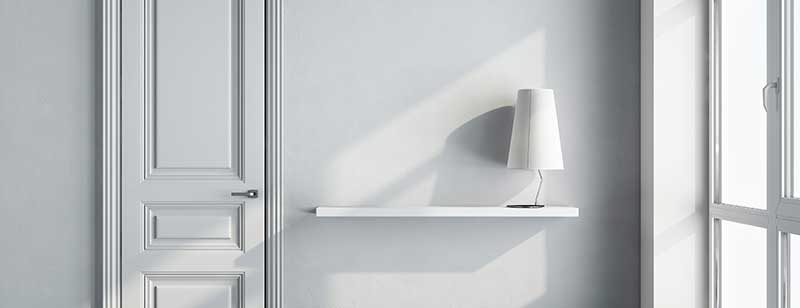
Sunlight is one of the biggest causes of fading paint, especially soon after your walls just got painted. For this reason, it’s to keep in mind how much sunlight enters the room you are painting. Consider buying thick curtains that will block sunlight out if necessary.
Exterior and interior walls that are exposed to the sun have the tendency to fade faster than the expected duration. The high levels of ultraviolet (UV) rays emitted by the sun greatly affect the paint pigments, making it vulnerable to several painting problems.
Always choose the right paint to prevent paint fading. As a homeowner, you should choose a light color with a reflective layer. That way, your walls will reflect the light and UV rays.
Also, it’s better for your paint’s color pigment to be chemical, since organic color pigments don’t resist UV light well. Finally, you should plan to take care of the paint by using certain products each year to prevent fading and weathering. You can click here for further information about how to take care of your paint. Click here to find information about why to interior painting in the winter is better for your walls.
Choosing the Wrong Type of Paint
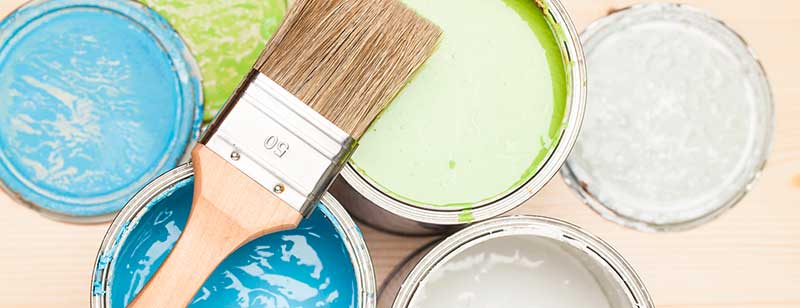
Some paints are only suitable for certain materials. Exterior and interior paints are suited for different parts of the house according to their qualities. Your painting contractor should advise you on which paint is better for your exterior and interior surfaces.
One reason why paint can start to fade too early is that a wrong type of paint was used to cover your walls. Bear in mind that there are certain factors that can determine the specific paint type that you should use for your home walls.
Selecting the right materials will help you to prevent the fading. The best fade-resistant paints contain high-quality pigments and a sufficient amount of binder, which binds the pigment particles to the other ingredients to form a durable paint film. In addition, the binder ensures good adhesion between the paint film and the wall surface.
There are multiple types of paint, which deliver a different sheen and even protection. These types of paint sheen are glossy, semi-glossed, matte, oil-based, water-based, among others. Make sure the painting contractor you hire knows for sure which type of paint can withstand the sunlight better.
Inaccurate Film Thickness
Painting houses is an art, you need to apply the right techniques to reach a great work of art. That’s why the proper application of the paint is a must when it comes to DIY painting or any painting jobs for that matter. Over- thinning helps UV rays to penetrate the coating easier hence causing it to fade sooner.
Product application at lower than the recommended film thickness can accelerate the aging process of the coating system, allowing more UV rays to penetrate through the film, causing it to degrade more quickly and change color. In other words, if you don’t use the right thickness, then a painting job will fade away soon.
Don’t forget that applying more and thicker coats means more protection to your wall surface. This in the end translates to more durability. An extra coat or increasing the thickness of a coat of paint can undoubtedly make a big difference in the outcome of your paint job.
Not Preparing the Surface Properly
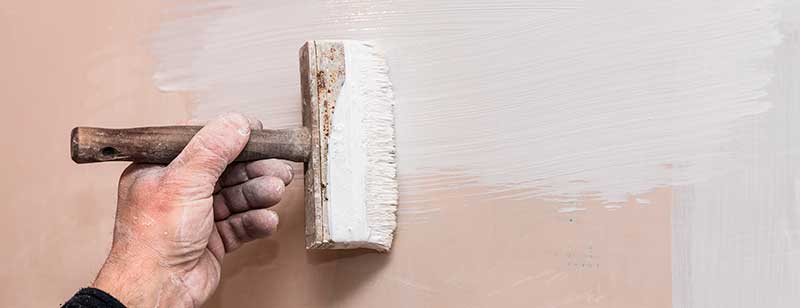
You can’t simply grab a brush or roller, dip it in the paint, and begin stroking away on the walls. The first thing you need to do is to clean the wall surfaces.
To start it off, when a painting contractor is about to perform a house painting job, they should go about prepping your surfaces by eliminating all dirt, grime, mold, dust, and flaky paint.
If the wall surfaces are in those conditions, it’ll definitely debilitate the paint’s ability to stick or adhere to the surfaces. Whether you decide to do it on your own, or you hire a professional, it’s important to follow the proper procedure by cleaning and preparing the surfaces that will be painted.
The second step is to apply a coat primer.
You have to fully prepare the surface before with a primer. This helps ensure that the paint sticks. Priming ensures better adhesion of paint to the surface and provides additional protection for the material being painted.
Be sure to prepare the surface of the walls before applying paint. Use two coats of paint and allow the first to dry completely before applying the second coat to maintain vibrancy.
There are many paint finish types for different areas of the house. Be sure to choose the right finish for the area you’re painting to minimize fading. For example, do not use a matte finish in your bathroom, as the humidity can cause the paint to fade faster.
If you decide to skip these steps, there is a greater chance that the paint will begin to fade a little too early.
Choosing the Wrong Color Scheme
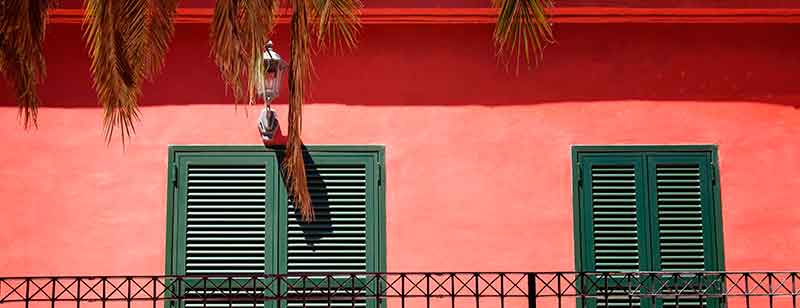
What good is a beautiful paint job if in a few months or year time, the color scheme will begin to fade out and you as a home owner will be left disappointed? When it comes to getting a new paint job, we want to help you make sure that you pick the right color that won’t let you down in the long run. So, what tones are the best at retaining their color?
It is commonly known for colors with higher pigmentation to be more prone to fading. Colors like yellow, orange and red, to be specific. Blue tones and green are along the middle. While on the other hand earthy tones like brown, gold, and whites are the best at conserving their color.
If you had your heart set on yellow or red, and this came as a shock to you, don’t worry! It’s still very much a possibility for you to have beautiful yellow walls or red ones. All you need to do is find yellow or red iron oxide, as these are extremely UV ray resistant and won’t fade.
Protect Your Wall Colors from the Sun!
At this point, you are probably questioning what really makes the paint color fade, and if I’m honest the sun is at often times the culprit. So, when painting the exterior of your home, try to take this into account.
Of course, there are other tips and tricks that you can use when deciding for what color you will opt for. You can protect any color by using 100% acrylic latex paint, which is made with durable pigments and this paint is extremely difficult to break down.
Conclusion
If you want to obtain long lasting painting results, make sure you keep an eye of the different factors we mentioned above.
So, how to keep your coat of paint from fading prematurely? Well, to avoid paint fading, an exceptional prepping job must be done on wall surfaces.
Also, you should choose the right type of paint and apply it in coats of the right thickness. But don’t forget using color schemes that are highly resistant to fading.
Last but not least, you should consider the weather conditions and the amount of UV light that the painted wall would be getting.
We hope this article was of huge help to find out why your walls were slowly and painfully losing its vividness. Now, it’s time to paint you house surfaces for a lifetime!

